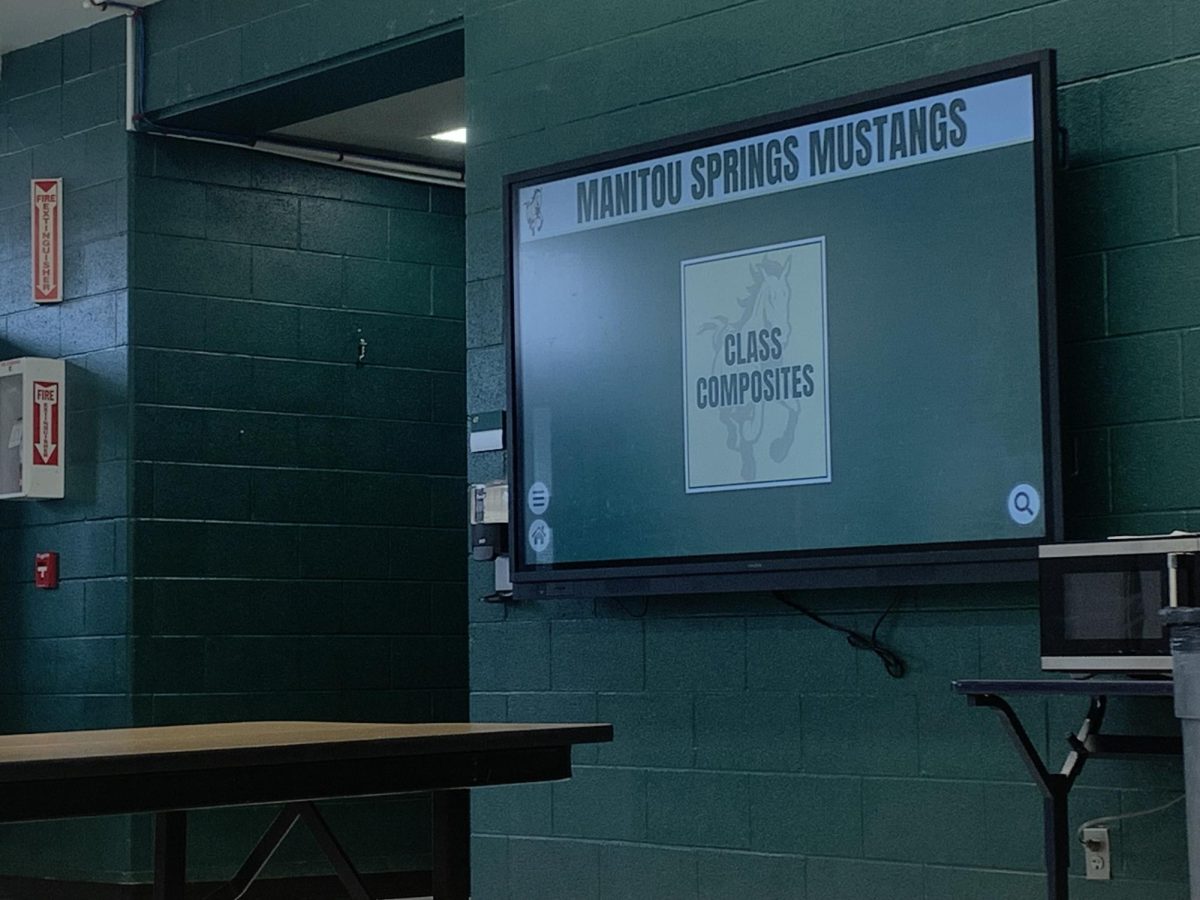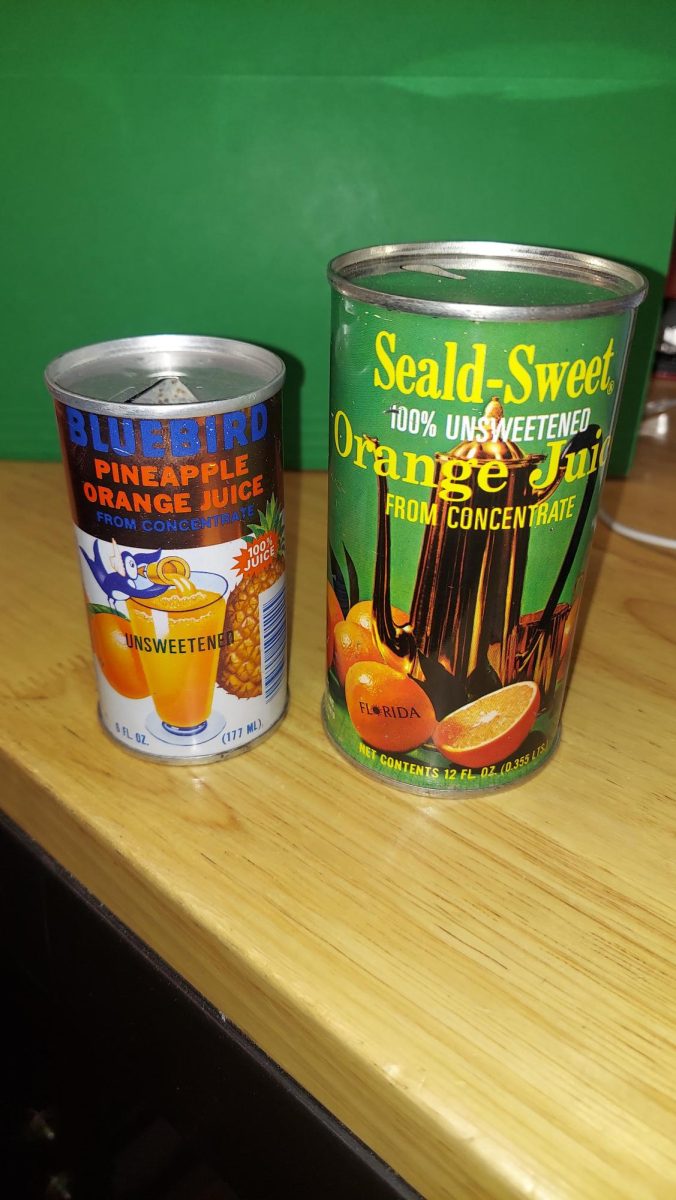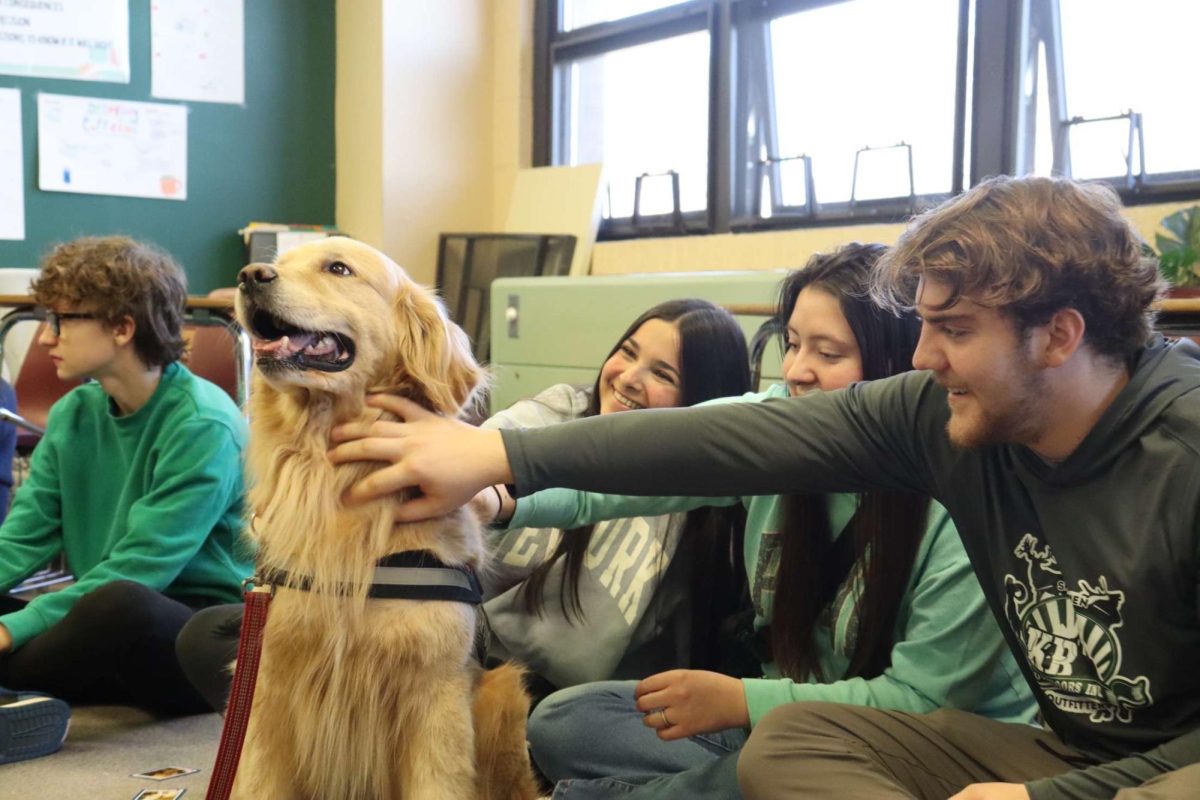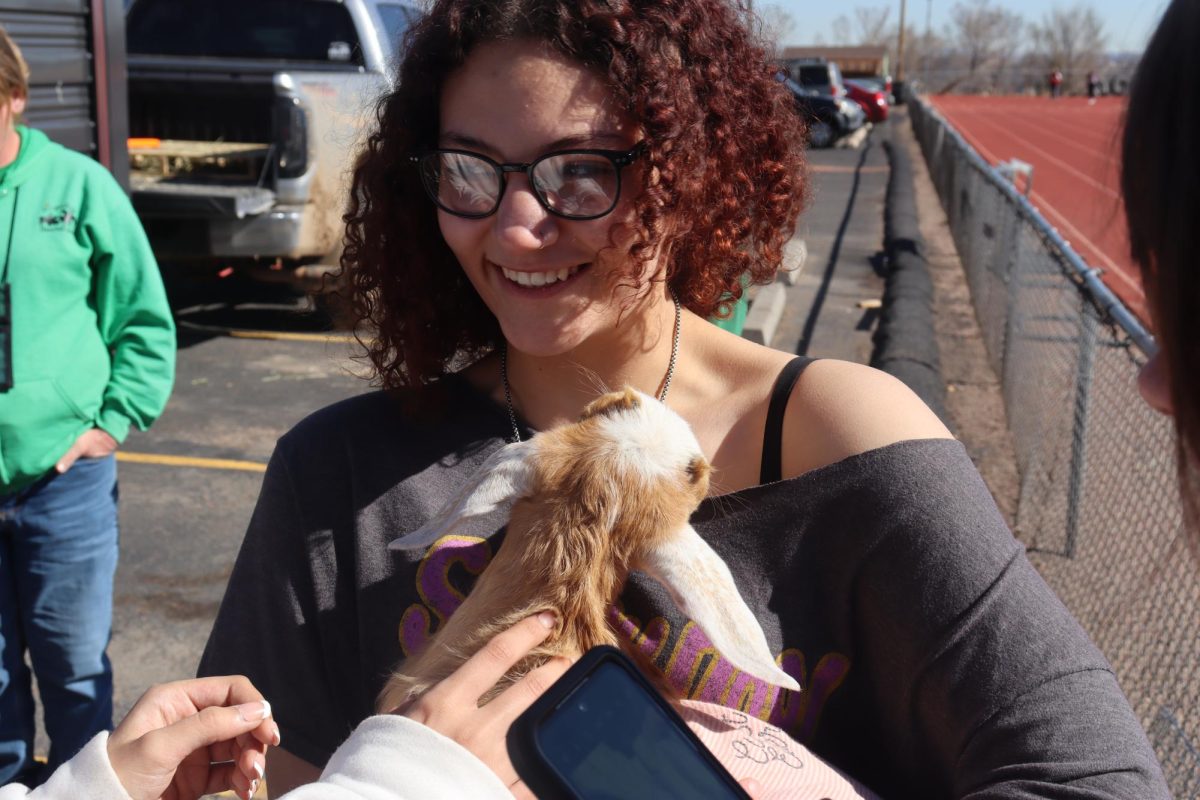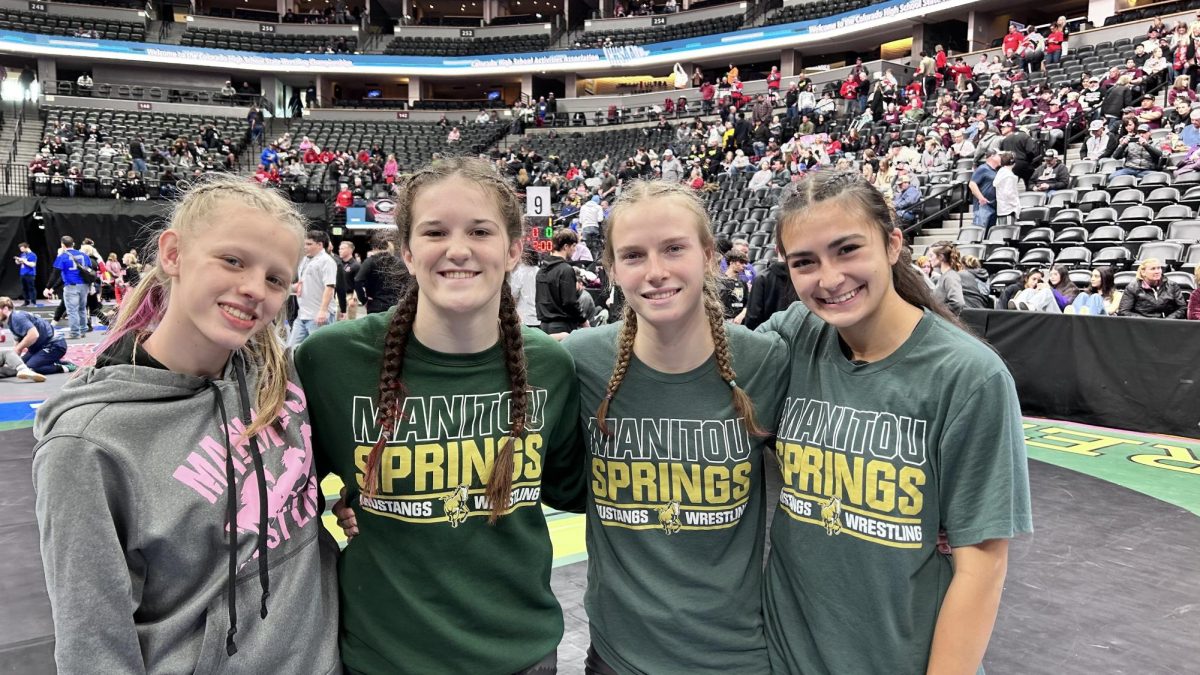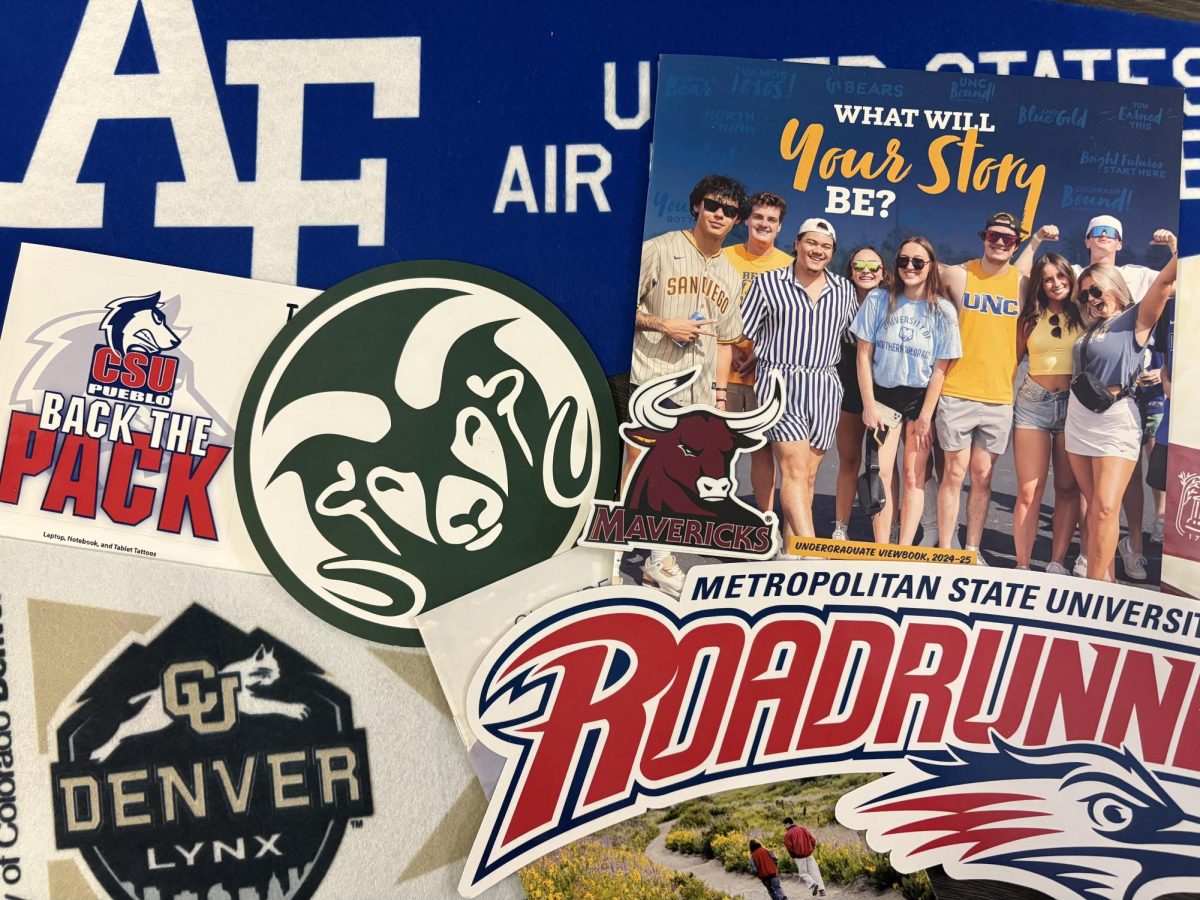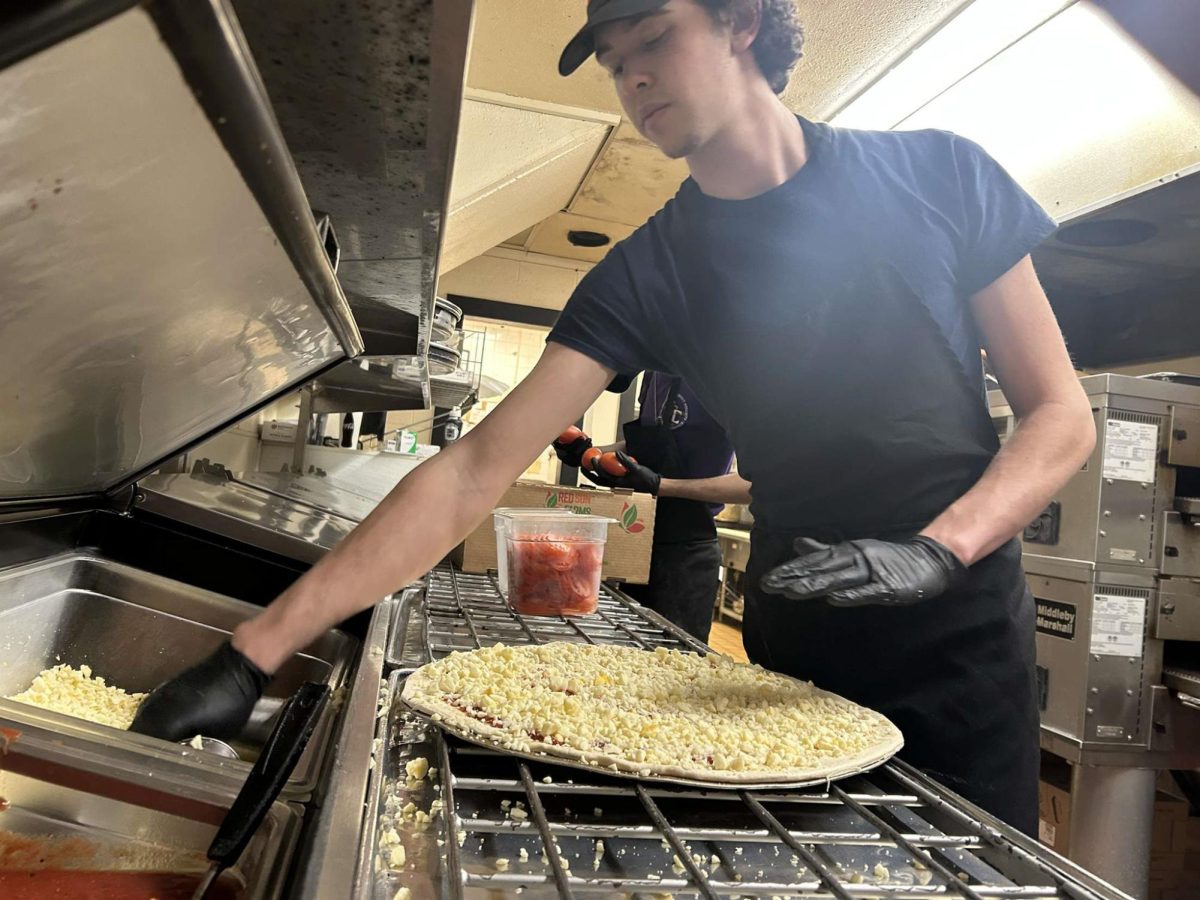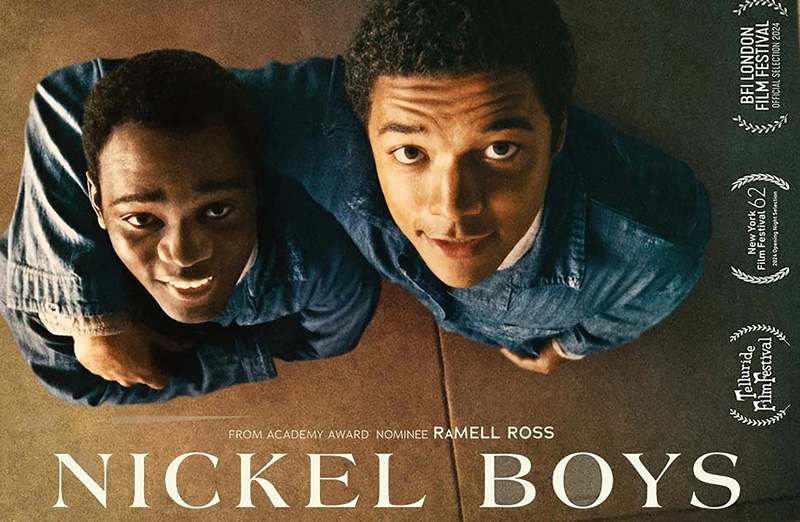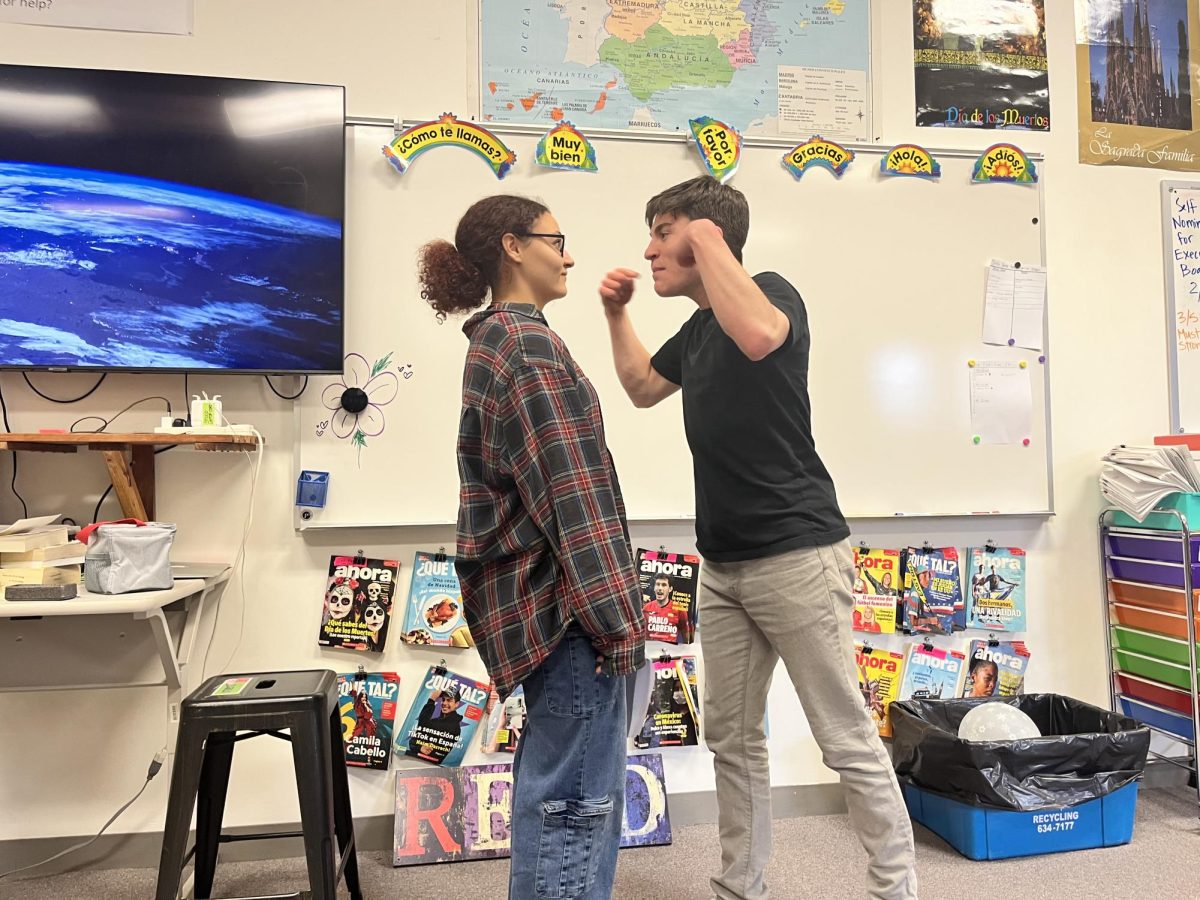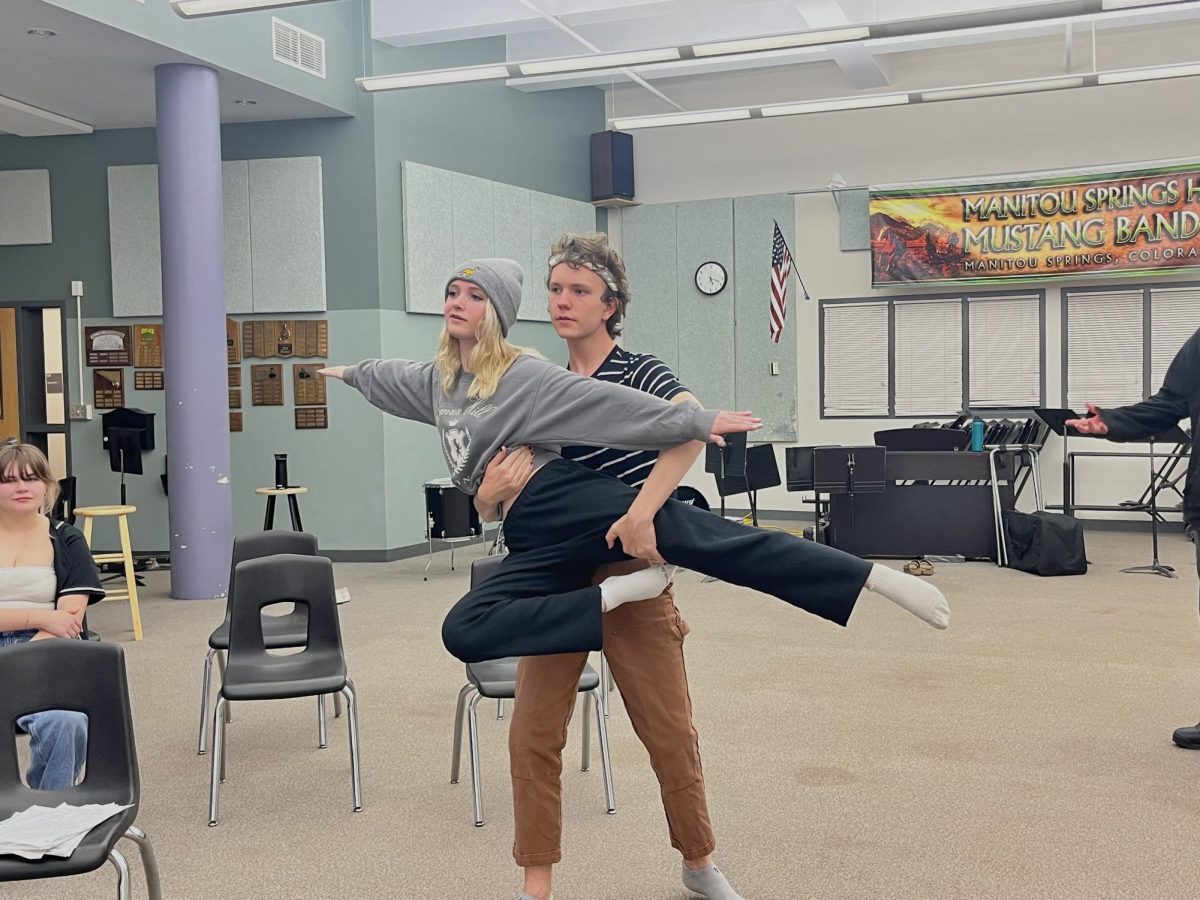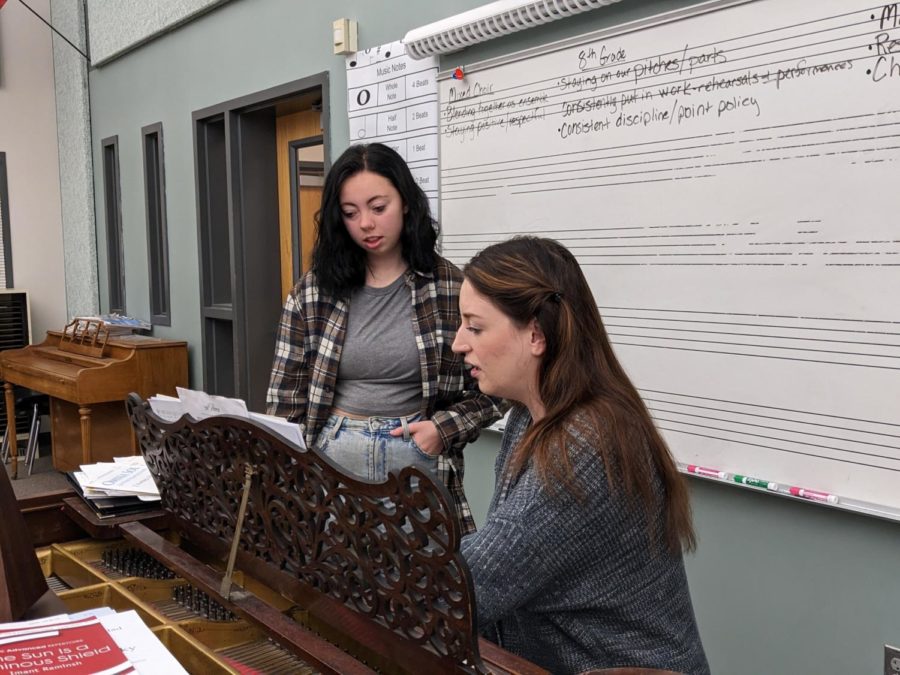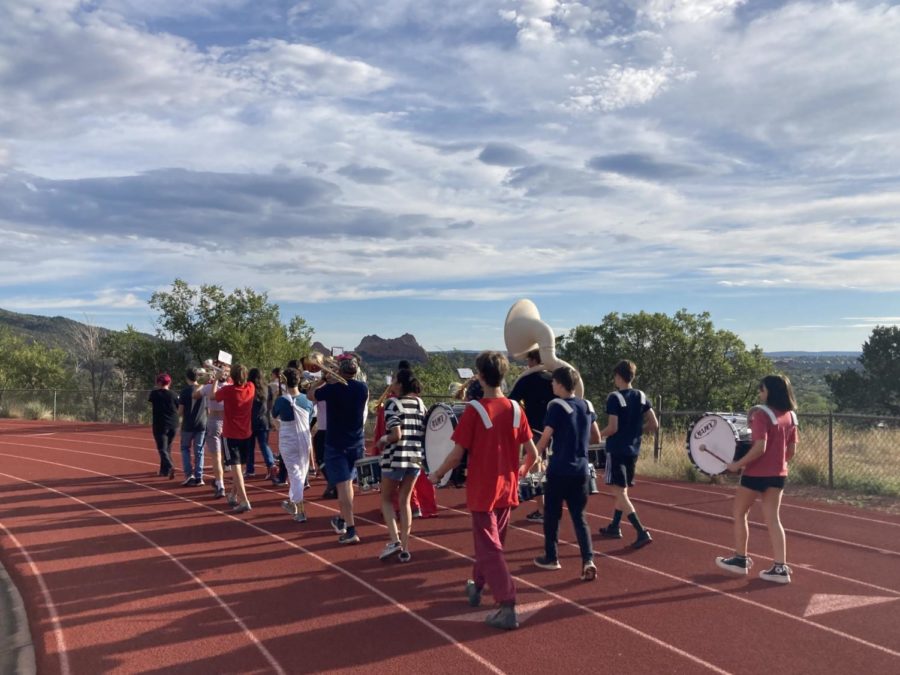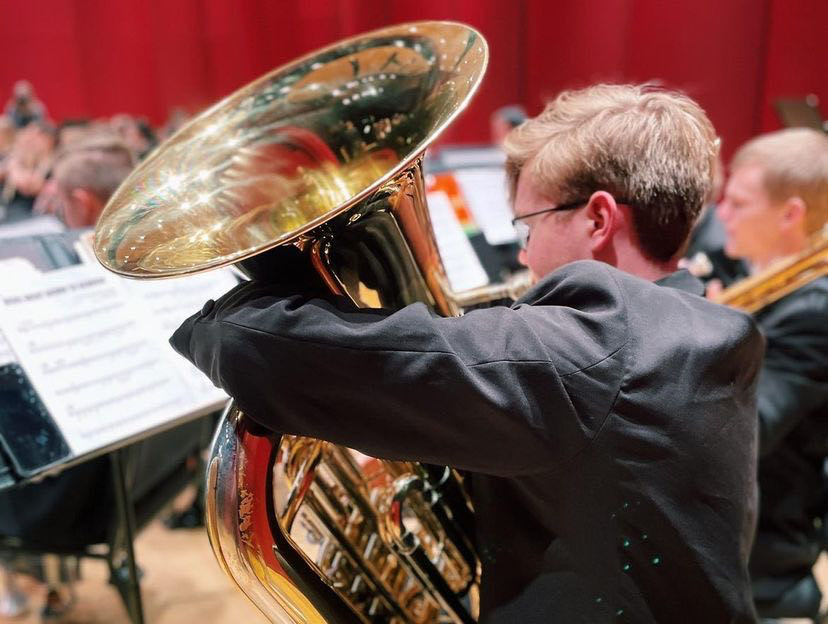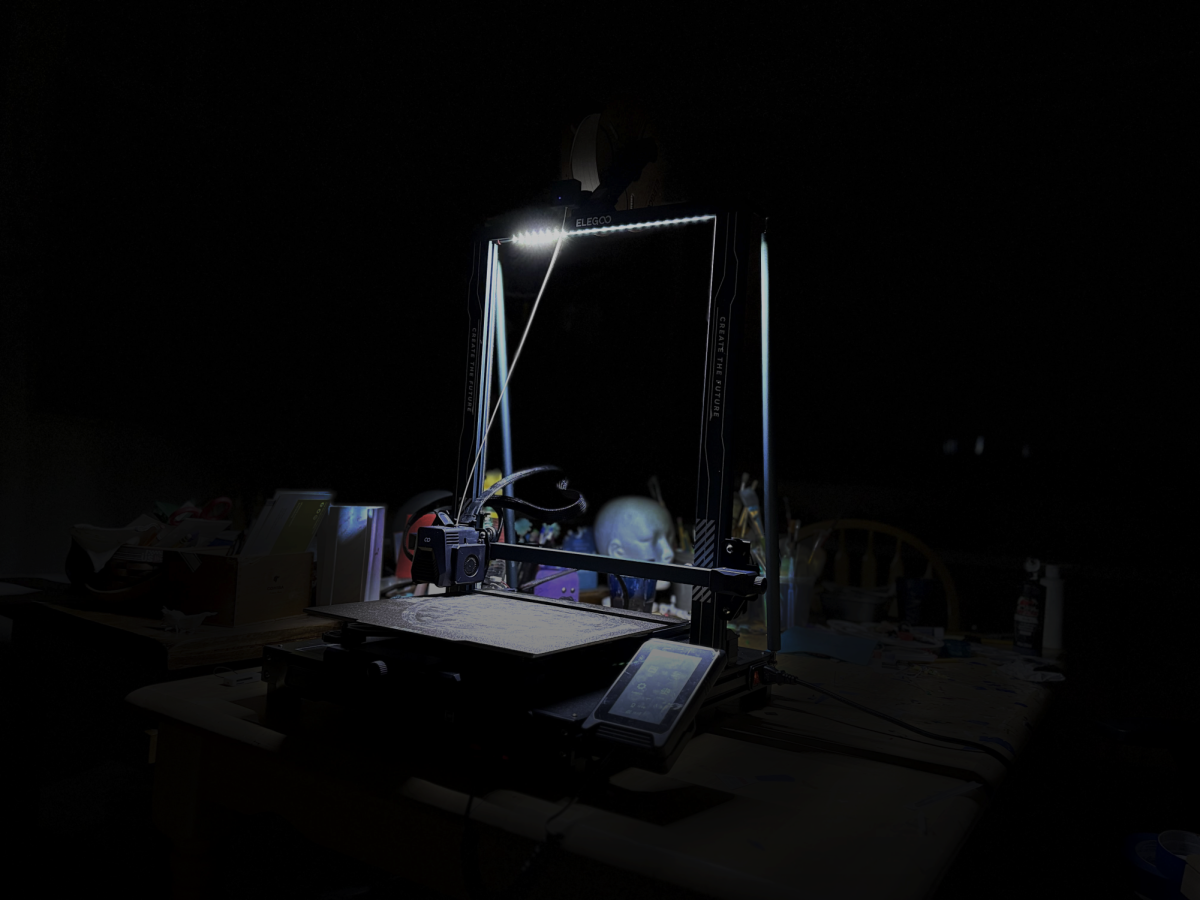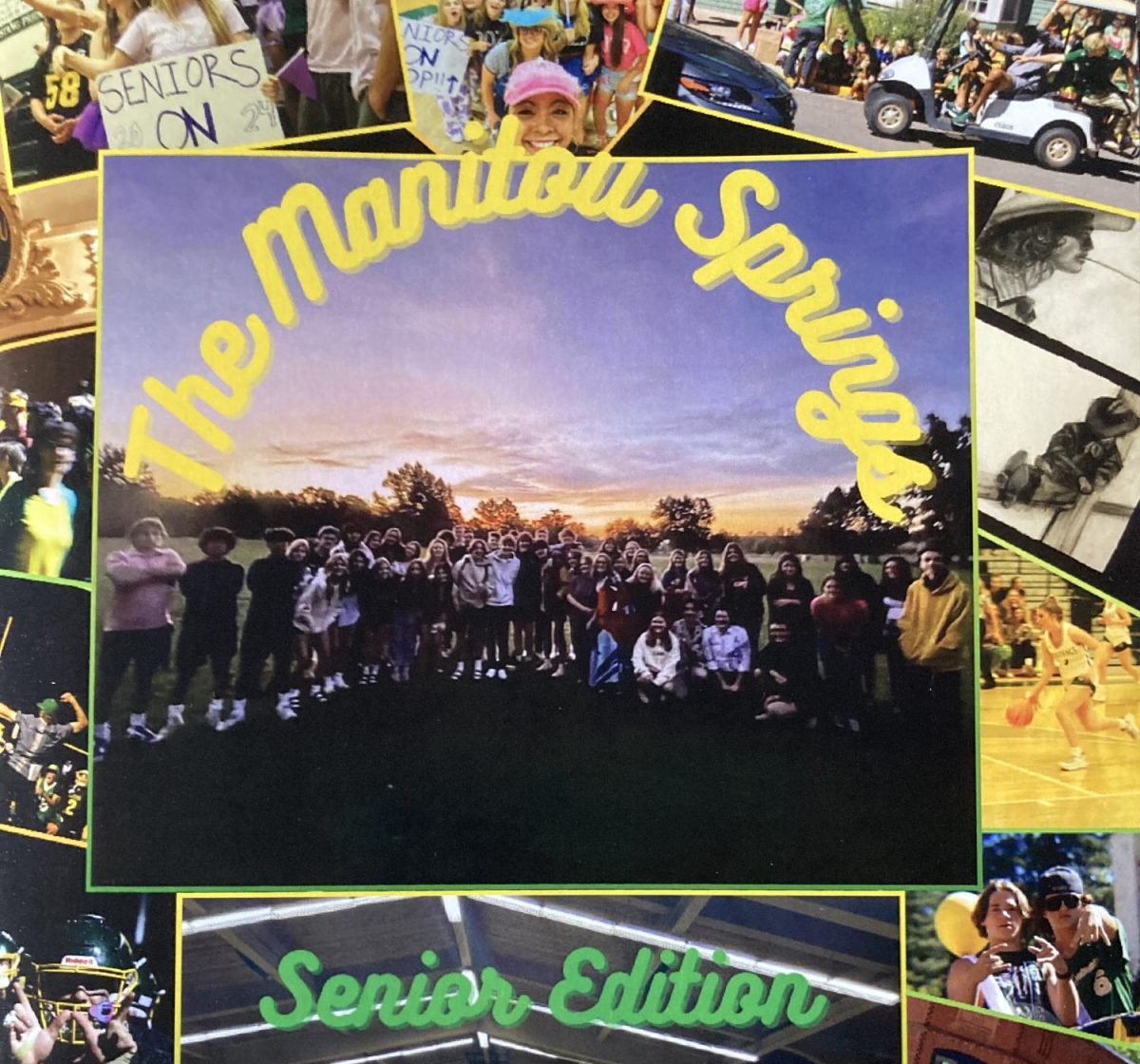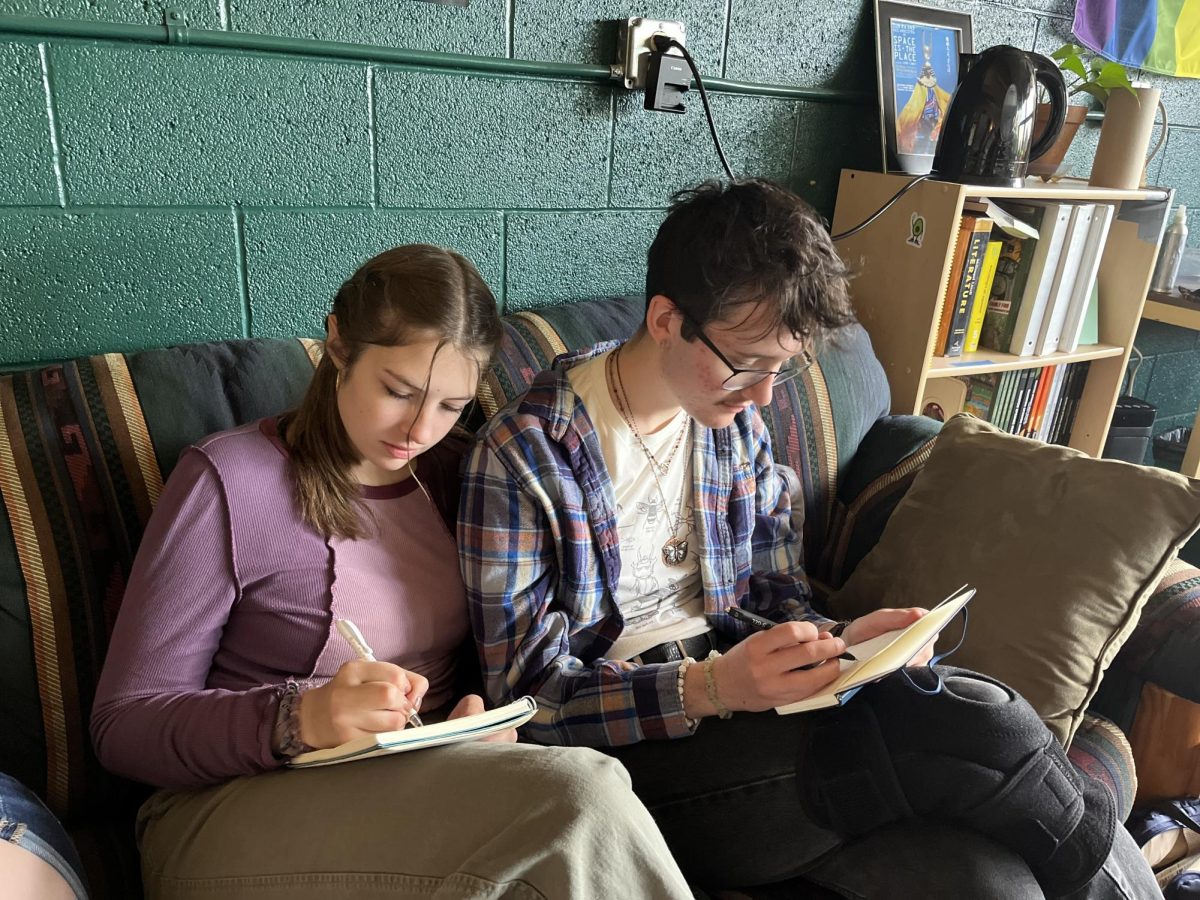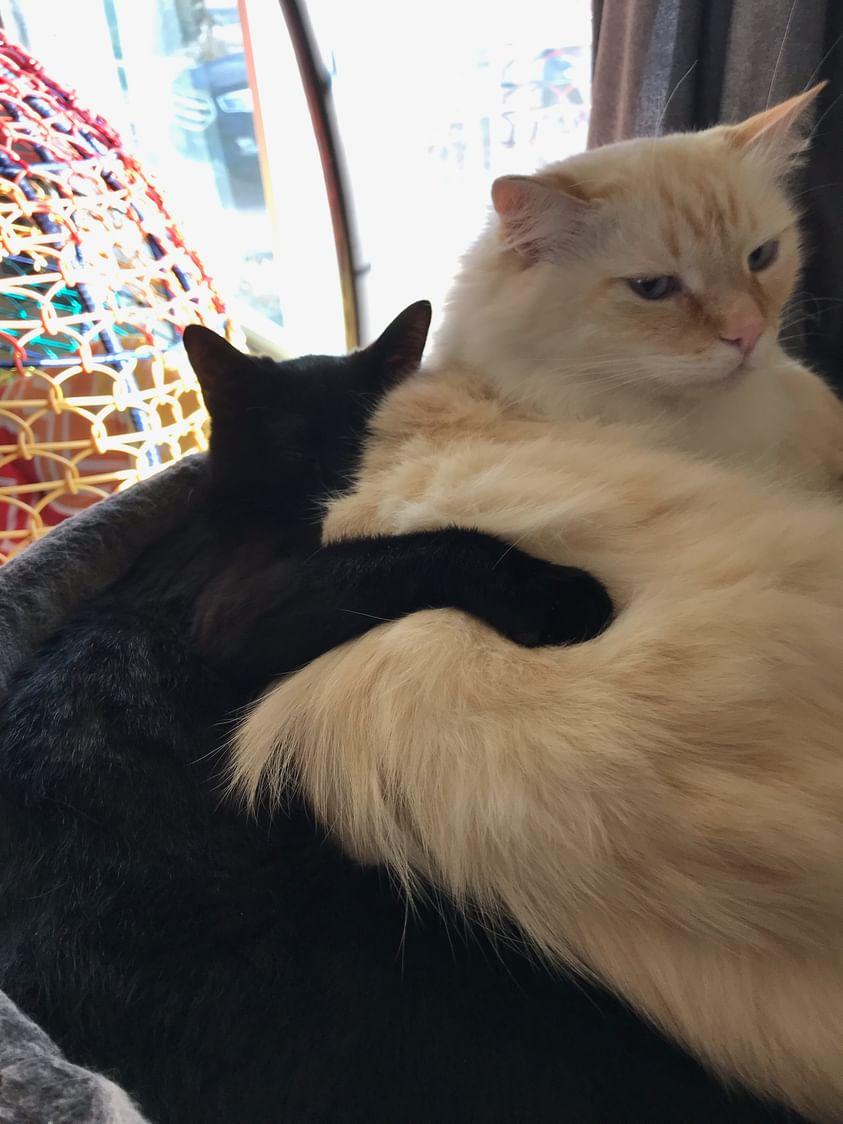School lunches these days feel small don’t they? It feels like there isn’t enough food to fill your stomach, let alone the variety of foods students are allowed to choose from. Students are given the same foods repeatedly, just on different days of the week, with the only real difference being either Bosco sticks or pizza, which rotate on Fridays.
Some students have specific diets due to allergic reactions, religions, being gluten free, or simple diet choices like veganism, which are not accounted for unless requested by a student. Honestly, school lunches are poor quality; and unfortunately, there isn’t anything that students can do about it.
Typically there are around 750-850 calories in the average grade 9-12 school lunch. Teens from the ages 11-15 need about 2,500 calories a day for boys and for girls around 2,200 calories a day. Older teens, however, need about 3,000 calories a day while more athletic teens need about 5,000 calories a day! In a learning environment, not getting the required nutrients throughout the day, can make students drowsy, easily distracted, and overall at a disadvantage when it comes to learning. If students were being provided with an adequate amount of food, they could process information more efficiently throughout the day.
According to our school’s lunch lady, the highschool lunch is actually the same serving size as the elementary school which means the school is serving 550-650 calories!
3% of high school students practice religions such as Hinduism, Buddhism, or Islam across the US of A. These religions typically state that eating pig or cow is sacrilegious to their practices. Despite that seeming like a fairly small percent of the high school population, we should still consider an alternative diet for these students that includes as much variety as current lunches do for students who do eat meat.
In the United States, 12% of high school students are lactose intolerant, and 3% of Americans are allergic to red meats. There are plenty of allergic reactions that students are susceptible to. Why should we hand out specific foods to an individual because of their needs when we could have them readily available in our lunch lines?
Only 36% of American high schools have a vegetarian (no meat but still eat egg, dairy, honey, etc) meal to their students and only 10% of high schools serve entirely vegan lunches. Although about 5% of high school students are vegetarian, and only 1% are vegan, it doesn’t mean that schools should provide those students the only options of salad, fruit, and juice.
Of course students do fill their own plates with various sides such as carrots, celery, etc. but the main courses are first come first serve, and only one per person. Once in a blue moon the lunchline also runs out of it’s main courses causing kids to either have a sandwich with some side which gives even less calories.
Schools should provide more food in both quantity, quality and variety for students for caloric and dietary reasons. There are arguments to be made that this is enough food for a student, or that most vegan options are more pricey than non vegan foods. Some might say we should just deal with it, but it should be a priority to create an environment where all students are accepted, including within their dietary practices.
School lunch is a struggle. Some students don’t have the privilege of packing a lunch from home every day, so the school should have the obvious priority to provide students with foods that are appetizing, allow for more options, and give out the correct caloric serving.
*How does free lunch for all play into this? It seems like because the lunches are free, the school has to keep to the budget given by the state. Check out how this works.

